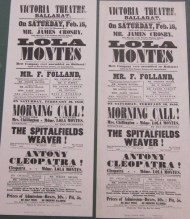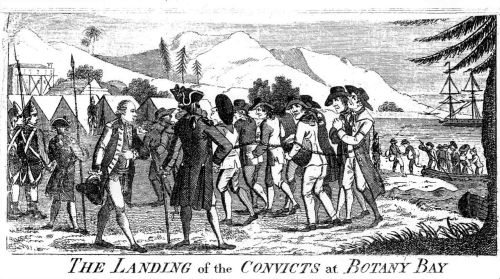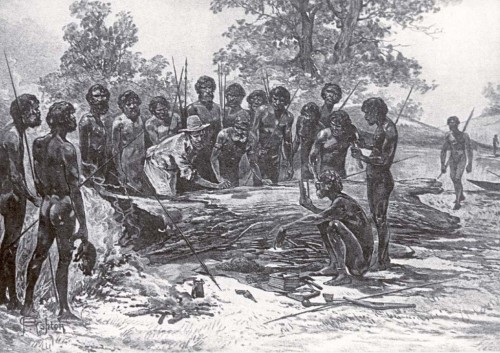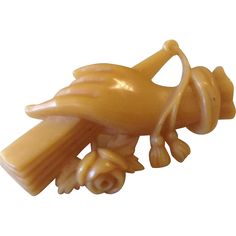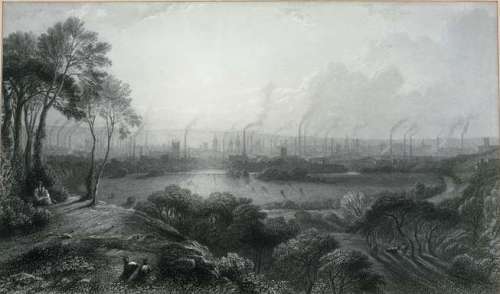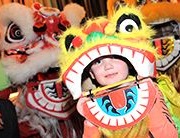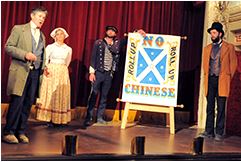What is gold and why do we like it so much? In response to the many questions we receive like this from visiting students during our education sessions, let’s explore the origins of gold and our fascination with it.
Where does gold come from?
Humans can’t make gold, although many in the past have tried. And the Earth can’t make more of it even if we wait a couple of billion years. Only recently did scientists confirm the long-held theory that gold is created by the universe during supernovae (when neutron [dying] stars explode/collide). These violent astronomical events produce lots of the heavy metals we now use for things like ‘bling-y’ jewellery, as well as microcircuits for electronic devices like smartphones and tablets. Gold can even be used in food like this burger, which costs $AU81! This great video explains the creation of gold really well.

People today use gold for all kinds of weird and wonderful things. We hope the 24 karat gold toilet paper isn’t a real thing. Pictured are gold pizza, gold sushi, a gold facial, gold toilet paper, a gold doughnut, a gold cappuccino, gold flies for fly-fishing, a gold turkey, and the $AU81 gold burger!
Neutron stars are the densest objects in the known universe, and when their super-hot collapsing cores explode or smash into one another, they create elements like gold and silver. It is believed that such an event or series of events in the distant past created meteors containing gold and silver which then fell to Earth, delivering the precious heavy metals that adventurous miners sought to dig out of the ground in places like Ballarat and Bendigo during the 19th century. According to some research published in 2011, a meteor shower about 4 billion years ago dumped 20 billion billion (Wow!! That’s a big number!) tons of gold and other precious metals on our planet!
The chemical symbol which you find on the periodic table for gold is Au (from the Latin word aurum meaning ‘shining dawn’). As gold is an element, it can’t be broken down into other substances, which is the reason humans can’t make gold themselves (although with the development of nuclear chemistry, one day we might figure it out).
Why do we like gold so much?
Many cultures around the world for at least the last 8,000 years have used gold for things like decoration/art, religious ceremonies, false teeth, currency, sporting medals, medicine, and more recently in human history, electronics and satellites. It is useful to us because it never goes rusty, it’s soft and easy to shape, it conducts heat really well, and it’s a beautiful colour. In scientific language, we describe gold as being dense (that’s why it’s heavy), malleable (soft and easy to bend) and lustrous (shiny).
While some cultures have used it for thousands of years, others have not. For example, the Aboriginal people of Ballarat – the Wadawurrung people – knew of the gold that could easily be picked up from the ground across Western Victoria, but instead they valued much more practical and sustainable natural resources like brushtail possums, and certain kinds of stones useful for tool making. You can learn about how gold has been used by many cultures here.
One of the main reasons we like gold today is because it’s rare. If all of the gold found on Earth were collected together, it would only fill three Olympic-sized swimming pools! If it were more common and easy to find, it wouldn’t be worth anywhere near as much money as it is today. The price of gold changes day to day, depending on how much is being dug out of the ground, and the number of people keen to buy the gold (the demand for it). The price of gold today (9/2/18) is $54.52 per gram, or to state the value in the unit of measurement more commonly used to weigh gold, it’s currently worth $1,695.97 per ounce (1 ounce = 31.1 grams). You can find the current price of gold here: https://goldprice.org/
Ballarat is an alluvial goldfield, basically meaning that our gold has been brought here and is moved around by water (including underground rivers) and is often on the surface or not far beneath it. For miners in Ballarat at the beginning of the gold rush (from 1851 until about 1853), this meant they didn’t have to dig very deep underground to find big gold nuggets. By the 1860s most of that easy-to-find gold near the surface was gone, meaning miners had to dig much deeper underground to continue finding payable (enough to make a profit) amounts of the precious yellow metal. This is when deep lead and quartz mining really took off in Ballarat.
The gold miners who came to Ballarat largely used gold to buy better lives (better clothes, housing, food, investments etc.) and the majority of the billions of dollars of gold found here was turned into gold sovereigns (English money made of gold, after which our museum – Sovereign Hill – got its name) or gold ingots (gold bars). Some however, was turned into spectacular, flashy pieces of jewellery, and even the beautiful mayoral chains owned by the City of Ballarat!
If you visit a jewellery store, you will notice items made of gold are usually described as ’18 karat gold’ or ’10 karat gold’. A karat is a unit of measurement which explains how much gold was mixed into the alloy (a mixture of metals) that have gone into the making of that piece of jewellery. A carat is used to value gemstones and pearls. 18 karat gold jewellery has a higher amount of gold in it than 10 karat gold jewellery, which is why it is always more expensive. If, say, a ring is made from 24 karat gold, it is pure gold – but of course this would make it an easily bent piece of jewellery!
The Castlemaine Goldfields is the only mining company in Ballarat still successfully finding payable gold underneath the city. There is still a lot of gold in the ground in this part of Victoria, but it’s very difficult and expensive to get out of the ground.
Links and References
TED Ed on the chemistry and origins of gold: https://www.youtube.com/watch?v=jf_4z4AKwJg
Sovereign Hill research notes for students about the different kinds of mining common in Ballarat in the 19th century: http://education.sovereignhill.com.au/media/uploads/sovehill-pdf-file/SovHill-mining-notes-ss1.pdf
Some great facts about gold: https://www.livescience.com/39187-facts-about-gold.html
A report on the recent confirmation that gold is produced by supernovae: https://www.eurekalert.org/pub_releases/2017-10/uoc–asc101517.php
A fantastic explainer video on the creation of gold: https://www.youtube.com/watch?v=-iaviqwMfJ0
How the gold karat system works: https://en.wikipedia.org/wiki/Fineness
Gold in antiquity: https://www.ancient.eu/gold/
A video explaining why we use gold for currency: https://www.youtube.com/watch?v=18yIHCSemhs
How NASA uses gold for space exploration: https://curiosity.com/topics/nasa-uses-gold-on-its-spacecraft-curiosity/
Should we eat gold?: http://www.foodandwine.com/news/is-gold-safe-to-eat
Gold according to Wikipedia: https://en.wikipedia.org/wiki/Gold
What is more valuable than gold?: https://www.smithsonianmag.com/science-nature/what-is-rarer-than-gold-45073180/

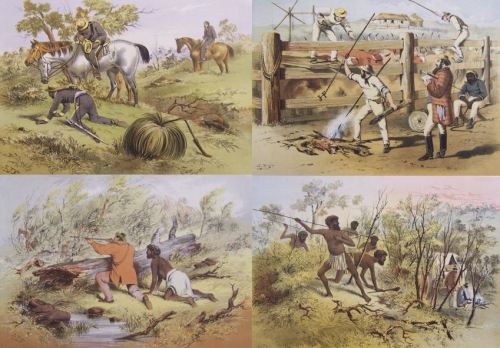

![IMG_0529[1]](https://sovereignhilledblog.com/wp-content/uploads/2017/08/img_05291.jpg?w=137&h=206)


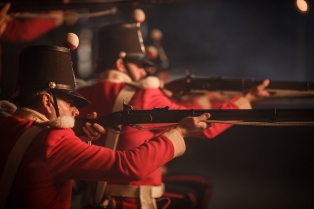


![557473_503151259710637_129140790_n[1]](https://sovereignhilledblog.com/wp-content/uploads/2017/08/557473_503151259710637_129140790_n1.jpg?w=168&h=169)



